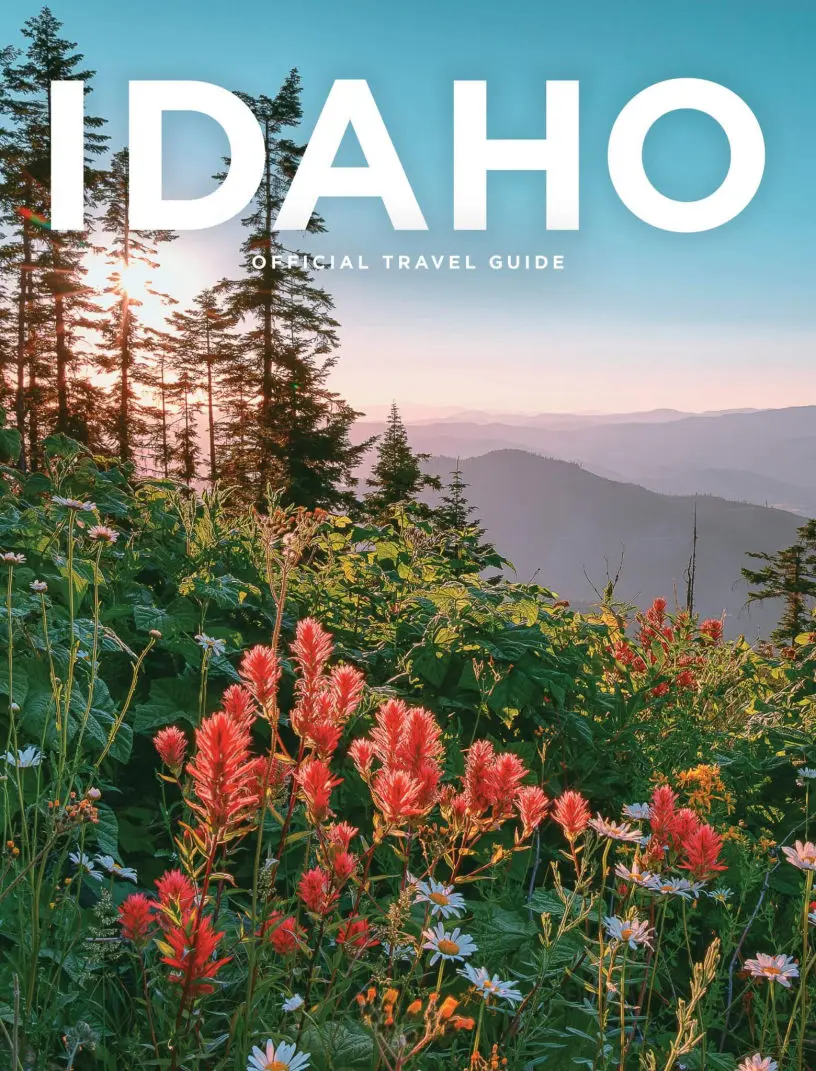Exploring Our Community
Positioned in the scenic Treasure Valley of southwestern Idaho, Boise serves as both the state capital and its largest city, offering a unique blend of urban amenities and outdoor adventure. Flying into Boise, one immediately notices the striking contrast between the foothills of the Rocky Mountains rising to the north and east, and the Snake River Plain stretching to the south. The Boise River winds through the heart of the city, bordered by the 25-mile Boise River Greenbelt, creating a verdant ribbon of parkland and natural areas.
Located in the Intermountain West region of the United States, Boise has garnered national recognition for its exceptional quality of life. The city consistently ranks among U.S. News & World Report's "Best Places to Live," earning high marks for its strong job market, affordability, and outdoor recreational opportunities. In recent years, Boise has emerged as one of the fastest-growing cities in the nation, attracting professionals and families drawn to its combination of economic opportunity and lifestyle benefits.
The city enjoys a four-season climate with approximately 210 sunny days per year. Summers are warm and dry, with temperatures typically ranging from the mid-70s to low 90s Fahrenheit. Winters are relatively mild for the region, with occasional snowfall and temperatures generally ranging from the mid-20s to low 40s. Spring and fall offer comfortable temperatures and showcase the region's natural beauty.
Boise's business landscape is diverse and growing, anchored by major employers such as Micron Technology, HP Inc., and St. Luke's Health System. The city has also developed a thriving tech sector, earning it the nickname "Silicon Mountain" and attracting numerous startups and established companies. The Boise Valley Economic Partnership has been instrumental in fostering business growth and innovation across various sectors.
The Boise Airport (BOI) serves as the region's primary air hub, offering direct flights to numerous major U.S. cities including Seattle, Portland, San Francisco, Los Angeles, Phoenix, Denver, Chicago, and Salt Lake City. The airport continues to expand its routes and services to meet the growing demand of the region.
Within a day's drive, residents can access numerous natural wonders and outdoor destinations. Sun Valley, one of North America's premier ski resorts, lies just 155 miles east. Yellowstone National Park is within a day's drive to the northeast, while the Oregon coast is accessible to the west. Closer to home, the Bogus Basin Mountain Recreation Area sits just 16 miles from downtown, offering skiing in winter and mountain biking in summer.
People are drawn to Boise for its balanced lifestyle, combining career opportunities with outdoor recreation, cultural amenities, and a strong sense of community. The city's manageable size means minimal traffic congestion compared to larger metropolitan areas, while still offering the amenities and opportunities of a growing urban center. Young professionals appreciate the vibrant downtown scene and entrepreneurial spirit, while families value the excellent schools and abundant parks. The combination of career opportunities, outdoor access, and high quality of life continues to make Boise an increasingly attractive destination for those seeking a dynamic yet livable city.
